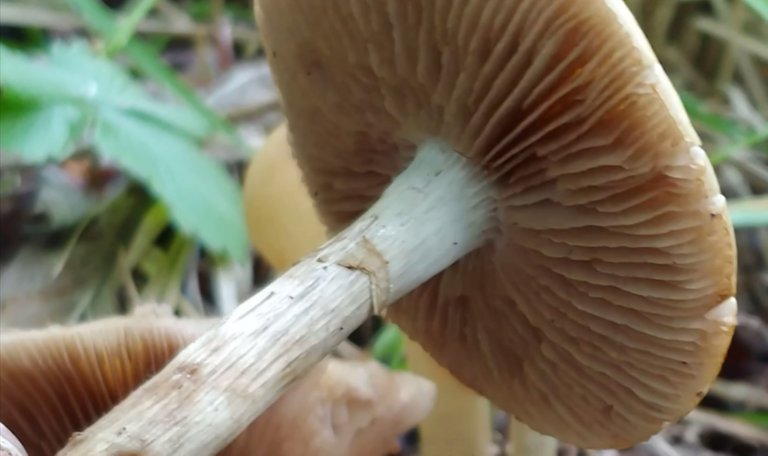
| EN | PL |
|---|---|
| The mushroom cap can reach up to 11 cm in diameter. When the fruiting body is young, it has a bell-shaped, then semicircular shape, and flat in old age. Color: cream, light cream, white, light ocher. During the dry season, the surface of the hat is cracked. Young fruiting bodies have a fairly long shell which covers the cap and covers the gills. The hat is thin, delicate and brittle. | Kapelusz grzyba może osiągnąć do 11 cm średnicy. Gdy owocnik jest młody ma kształt dzwonkowaty, potem półkolisty, na starość płaski. Kolor kremowy, jasnokremowy, biały, jasno-ochrowy. W czasie pory suchej powierzchnia kapelusza jest popękana. Młode owocniki posiadają dość długo osłonkę która okrywa kapelusz od i zasłania blaszki. Kapelusz, jest cienki, delikatny i kruchy. |
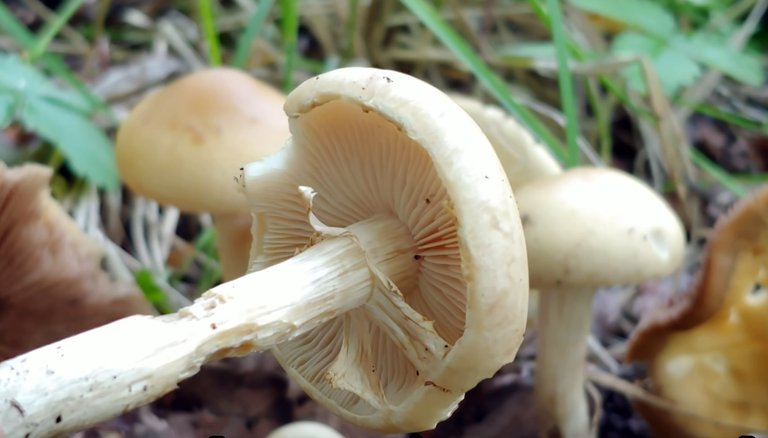

| EN | PL |
|---|---|
| The gills are dense, at first white, white-pink in color, and with age they darken and become brown. | Blaszki są gęste, na początku mają kolor biały, białoróżowy a z wiekiem ciemnieją i stają się brązowe. |
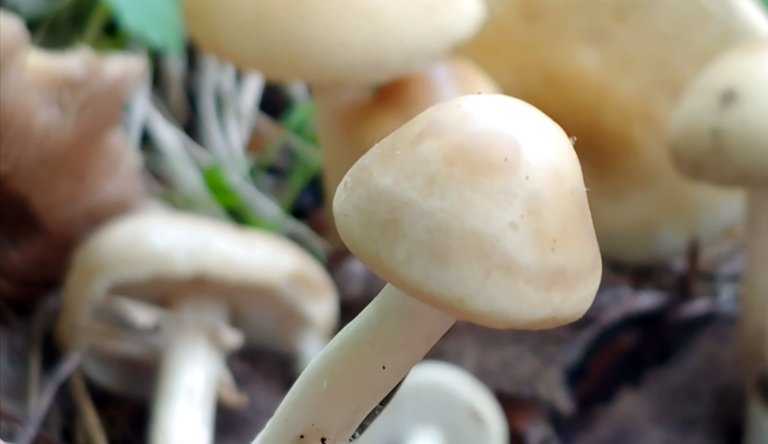
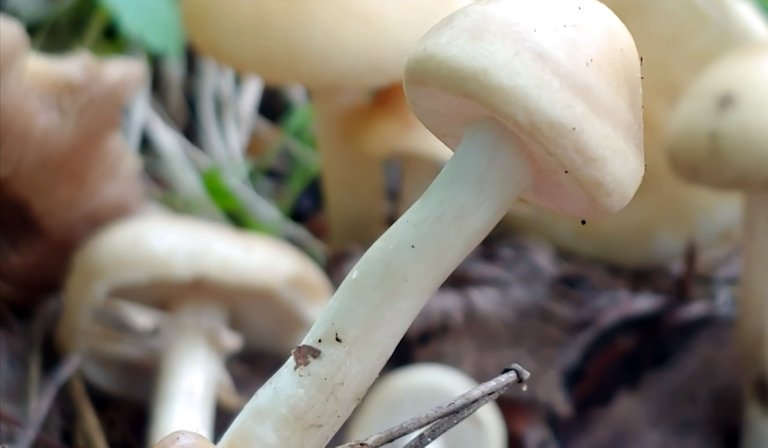
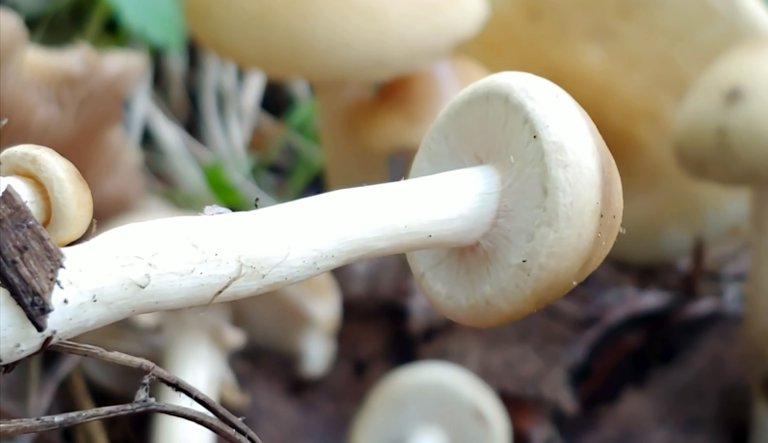
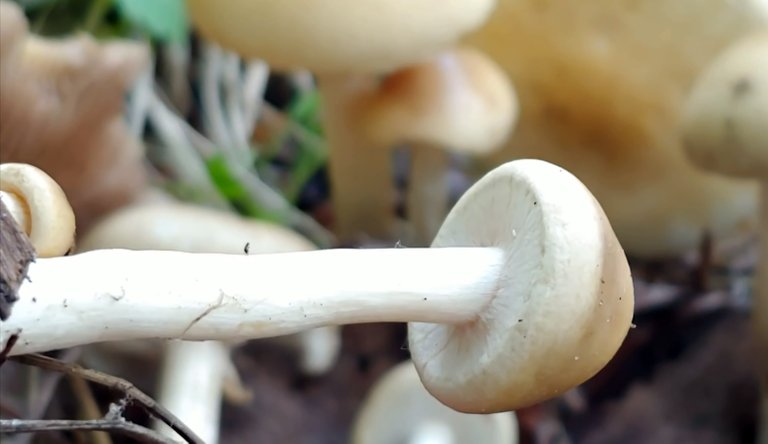
| EN | PL |
|---|---|
| The leg is white. The cover of the hat is attached to it, which fades over time. The foot has no ring and is hollow inside. It has a regular cylindrical shape and can be as long as 10 cm. The flesh is white or yellowish in color, has a bitter taste and a flour odor. | Nóżka ma kolor biały. Przyrośnięta jest do niej osłonka kapelusza, która z czasem zanika. Nóżka nie posiada pierścienia, a w środku jest pusta. Ma kształt regularny cylindryczny i może mieć nawet 10 cm długości. Miąższ ma kolor biały lub żółtawy, ma gorzkawy smak i zapach mąki. |
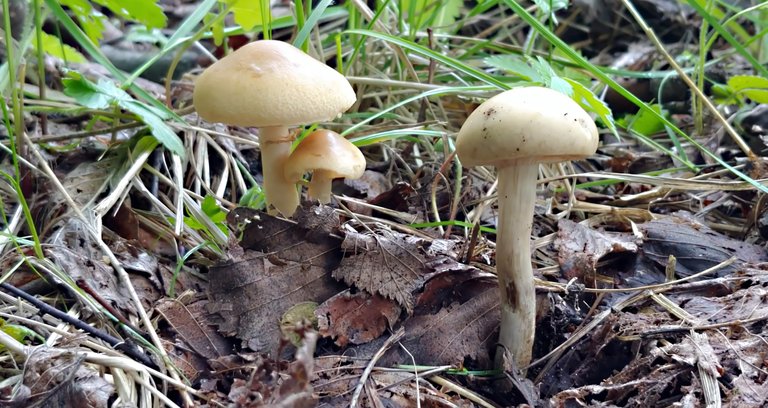
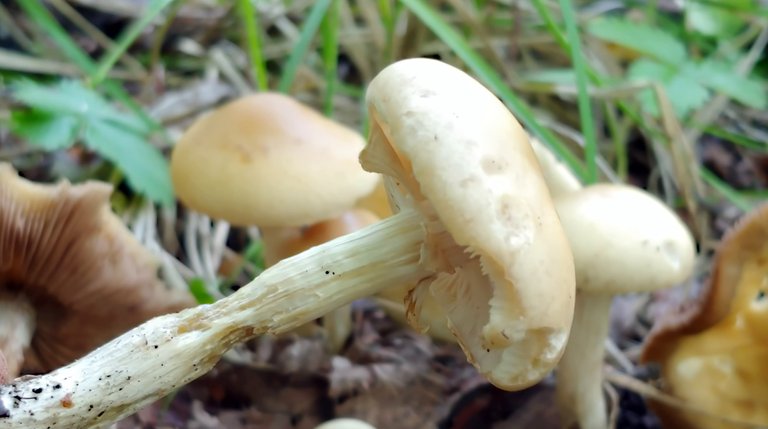
| EN | PL |
|---|---|
| Occurrence. This is one of the first edible mushrooms to appear in spring. It can already be found in April, hence the name - "early". It appears in clearings, outside the forest, in parks, on the sides of field roads. Sometimes it grows in wood debris, sawdust, most often in groups. Usage: edible mushroom. | Występowanie. To jeden z pierwszych grzybów jadalnych jaki pojawia się wiosną. Można go już spotkać w kwietniu, stąd nazwa też nazwa - "wczesna" Pojawia się na polanach, poza lasem, w parkach, na poboczach dróg polnych. Czasami rośnie w resztkach drewna, trocinach, najczęściej w grupkach. Zastosowanie: grzyb jadalny. |
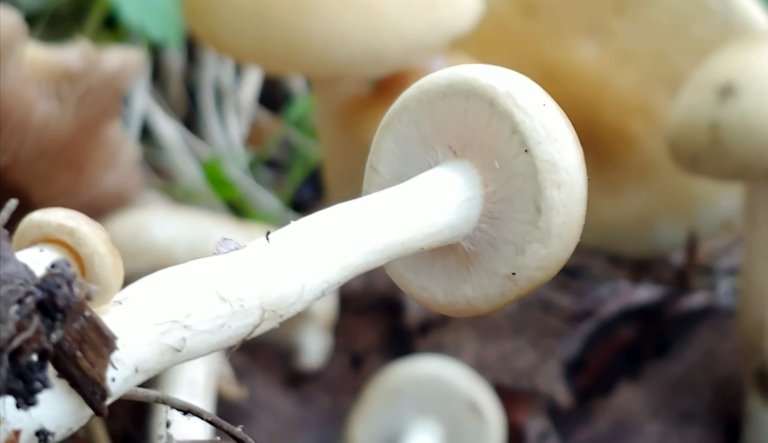
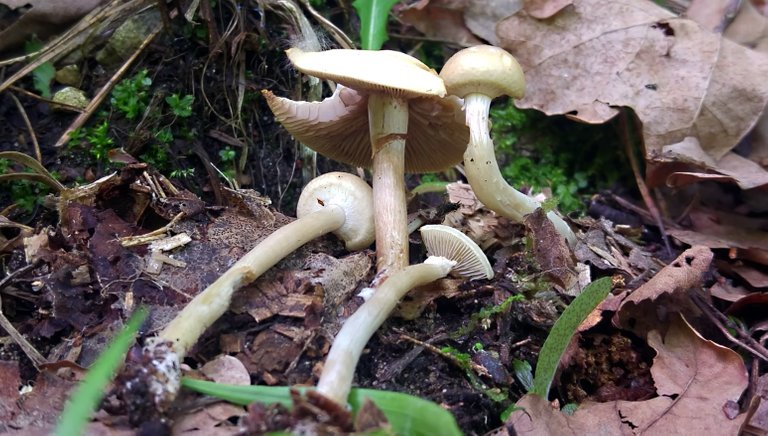
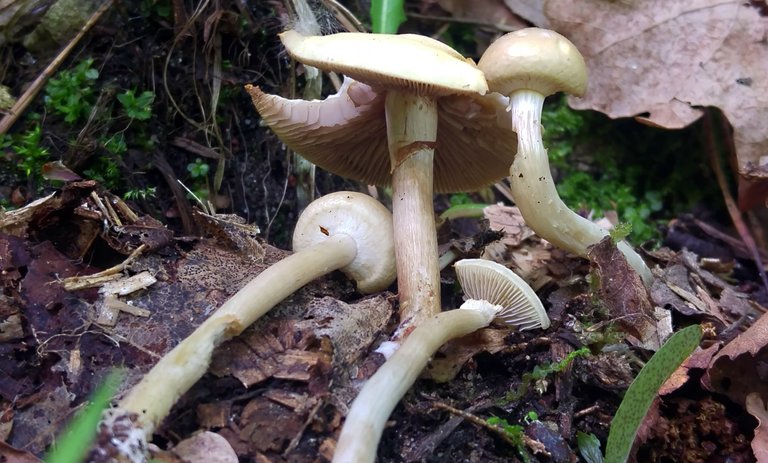
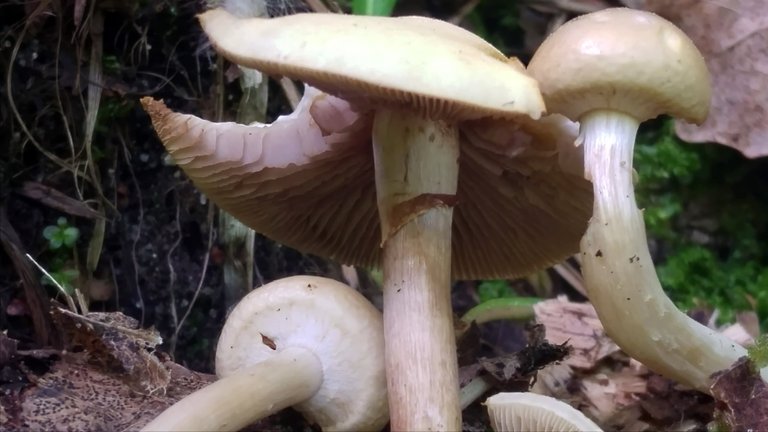
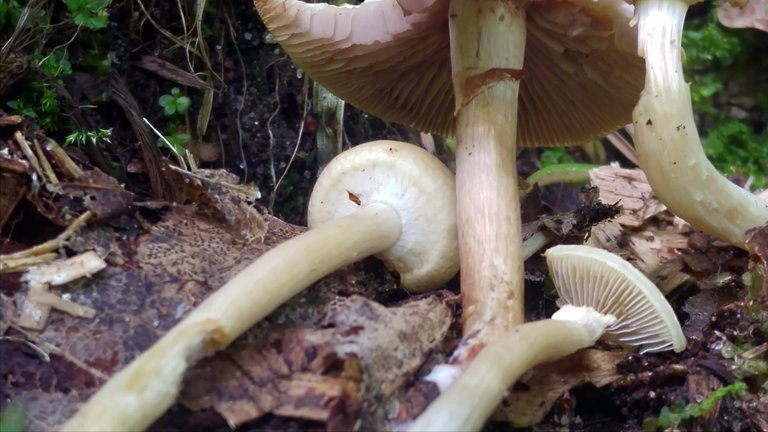
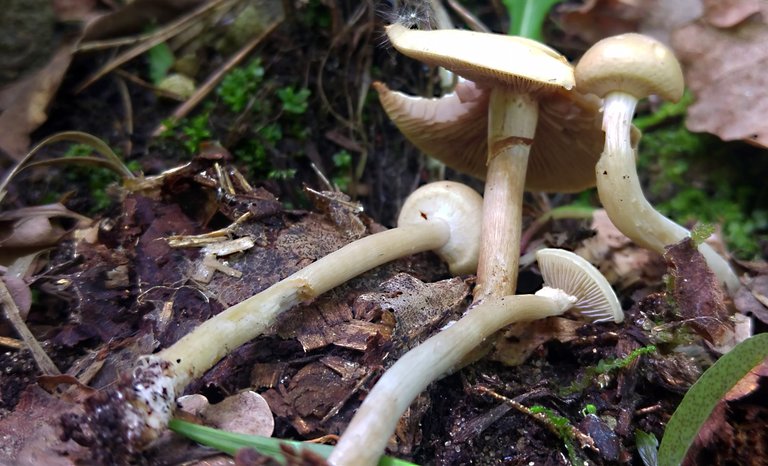
| EN | PL |
|---|---|
| The mushroom cap can be up to 10 cm in diameter. As with most of the geese family, at the beginning it has the shape of a bell, with age it opens up to become flat or concave with age. It may have a slight bulge at the tip. The surface of the hat is covered with distinctive colors ranging from gray-black to brown-black. The closer to the edge the cap becomes lighter to achieve almost white at the edges. | Kapelusz grzyba może mieć średnicę do 10 cm. Jak u większości z rodziny gąsek, na początku ma kształt dzwonka, z wiekiem otwiera się na starość staje się płaski lub wklęsły. Może posiadać lekkie wybrzuszenie na czubku. Powierzchnia kapelusz pokryta jest charakterystycznymi które mają różne kolory, od szaro-czarnego do brązowo-czarnego. Im bliżej brzegu kapelusz staje się jaśniejszy by na krawędziach osiągnąć kolor niemal biały. |
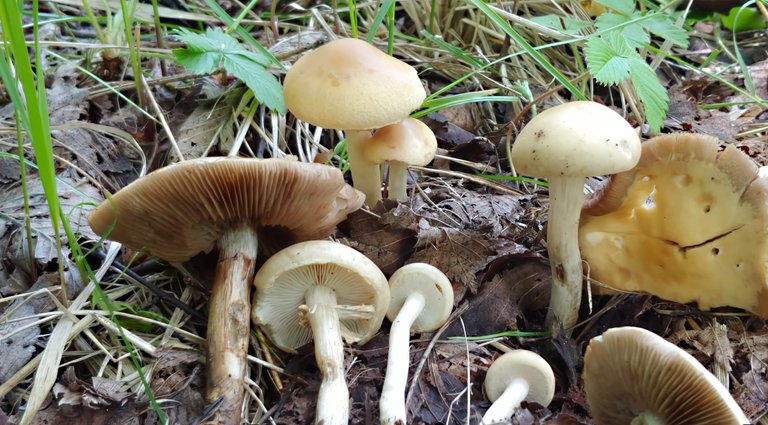

Yay! 🤗
Your post has been boosted with Ecency Points.
Continue earning Points just by using https://ecency.com, every action is rewarded (being online, posting, commenting, reblog, vote and more).
Support Ecency, check our proposal:
Ecency: https://ecency.com/proposals/141
Hivesigner: Vote for Proposal